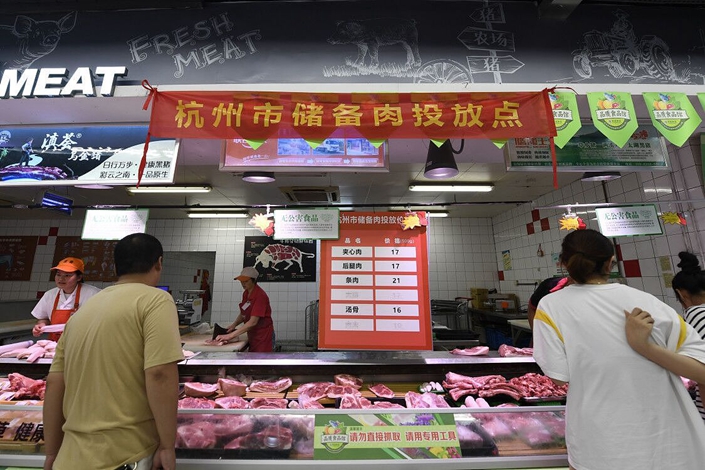Caixin Explains: The Secret Stashes of China’s Favorite Meat
Listen to the full version

For many Chinese people, nothing completes a festive dinner quite like a juicy cut of pork. But as the country gears up to celebrate the weeklong National Day holiday — and with it the 70th anniversary of the People’s Republic — pigging out has become costly.
In August, pork prices surged at their fastest pace in more than eight years, increasing 46.7% year-on-year and contributing 1.08 percentage points to growth in the consumer price index.

Unlock exclusive discounts with a Caixin group subscription — ideal for teams and organizations.
Subscribe to both Caixin Global and The Wall Street Journal — for the price of one.
- MOST POPULAR







